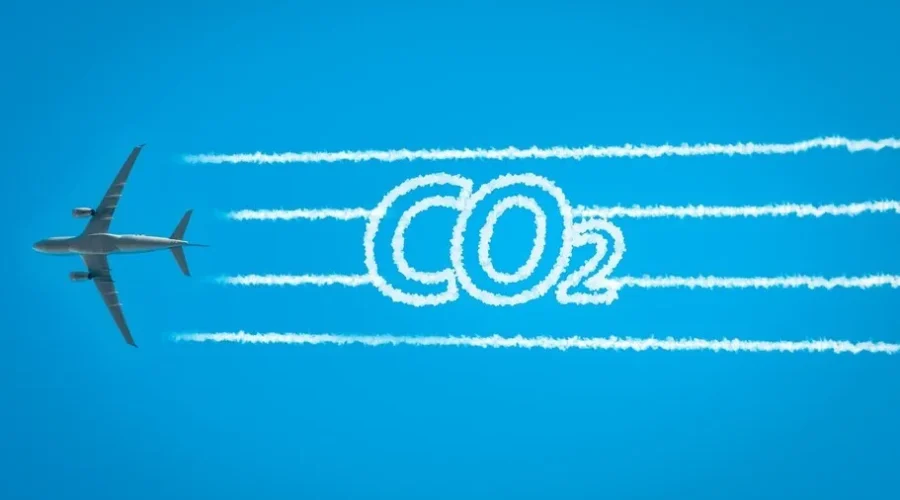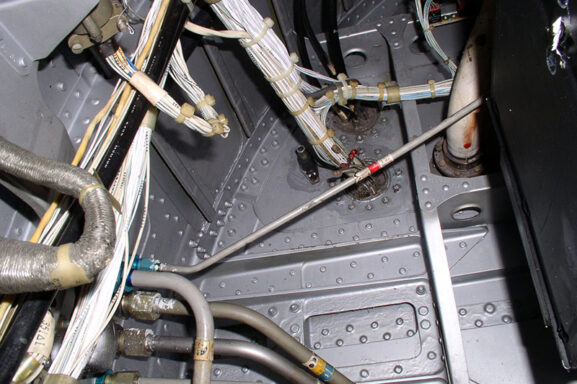Climate Impact of Air Travel
✈️ The Hidden Climate Impact of Air Travel – It’s More Than Just CO₂!🌍
When we think about flights and climate change, we usually blame carbon dioxide (CO₂). But did you know flying affects the climate in many other ways too? Let’s break it down 👇
🌫️ 1. Planes Release More Than Just CO₂
Jet engines burn fuel and create:
🔸 Sulfate particles – These bounce sunlight back into space (cooling effect), but they also mess with cloud patterns and rainfall.
🔸 Nitrogen Oxides (NOx – These gases increase ozone, which warms the planet, and reduce methane, which normally helps balance the climate.
🔸 Soot – Tiny black particles that affect how ice clouds form high in the sky. These clouds trap heat.
🔸 Water vapor – At high altitudes, this turns into contrails — those white streaks behind planes. They form thin clouds that can trap Earth’s heat.
🔸 Contrails and artificial clouds – They look pretty, but they add more warming than cooling overall.
☁️ 2. Contrails: Small Clouds, Big Impact
You’ve seen them — the white lines planes leave behind in the sky. Here’s what they do:
✅ Reflect some sunlight (cooling)
❌ Trap a lot of heat (warming)
🌡️ When they last long and spread out, they form cirrus-like clouds that contribute to climate change more than the CO₂ from fuel itself !
🌱 So, What Can Be Done?
✈️ Airlines are working on:
✔️ Better fuel efficiency
✔️ Smarter flight routes
✔️ Cleaner engine tech
💡 But the first step is awareness— flying affects our planet in more ways than we see.
Let’s fly smarter for a cooler, cleaner sky. 🌍💙




